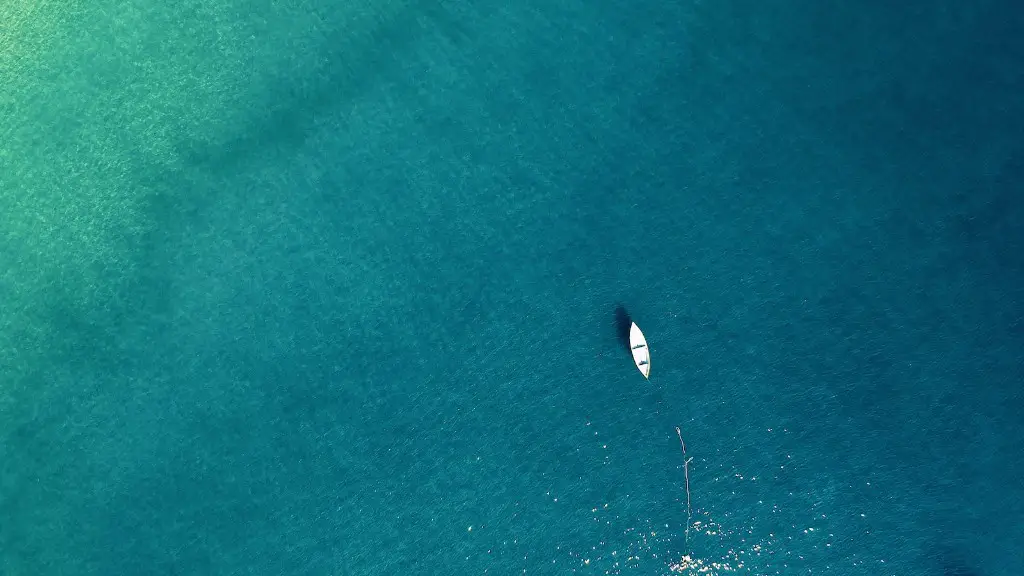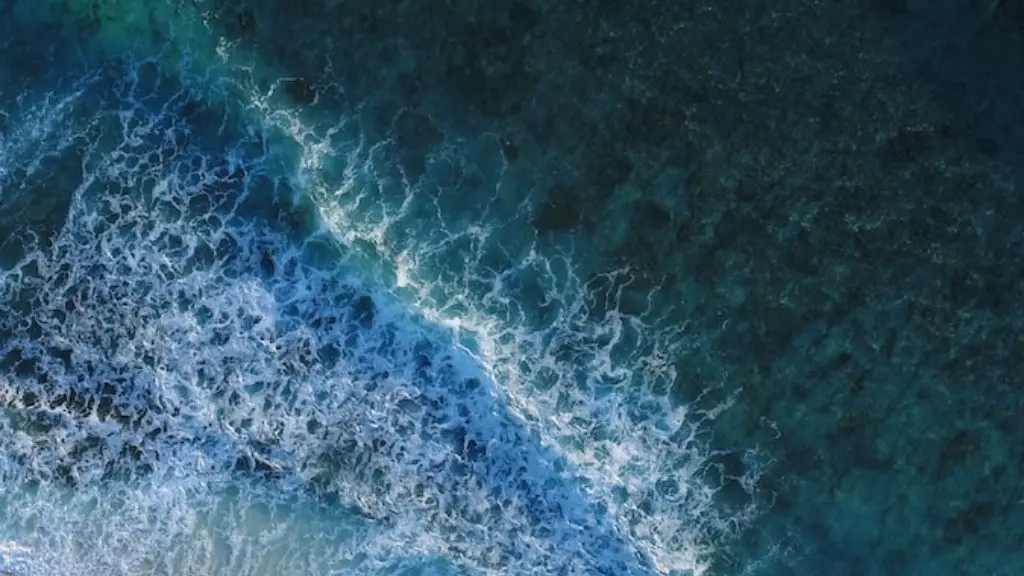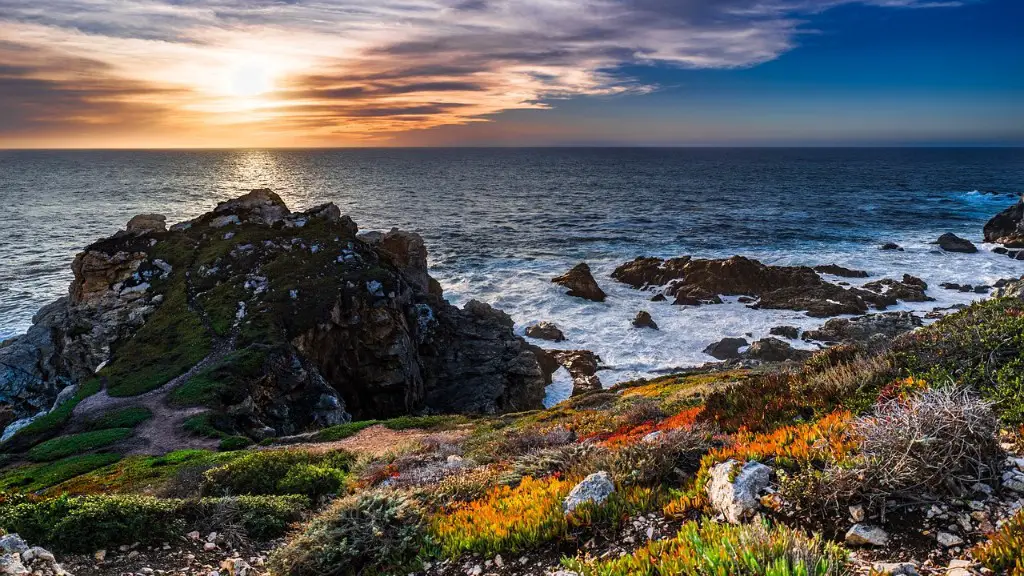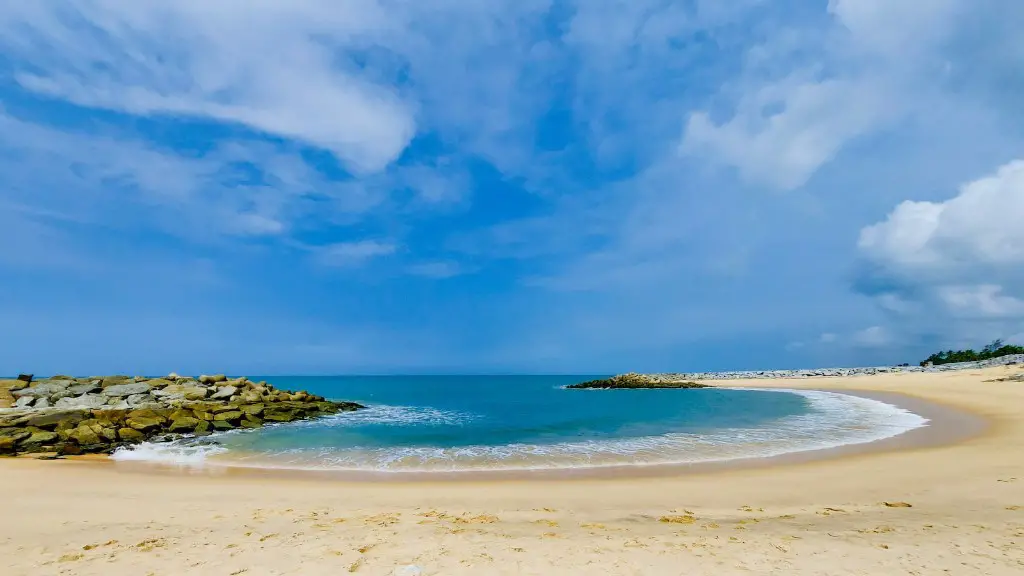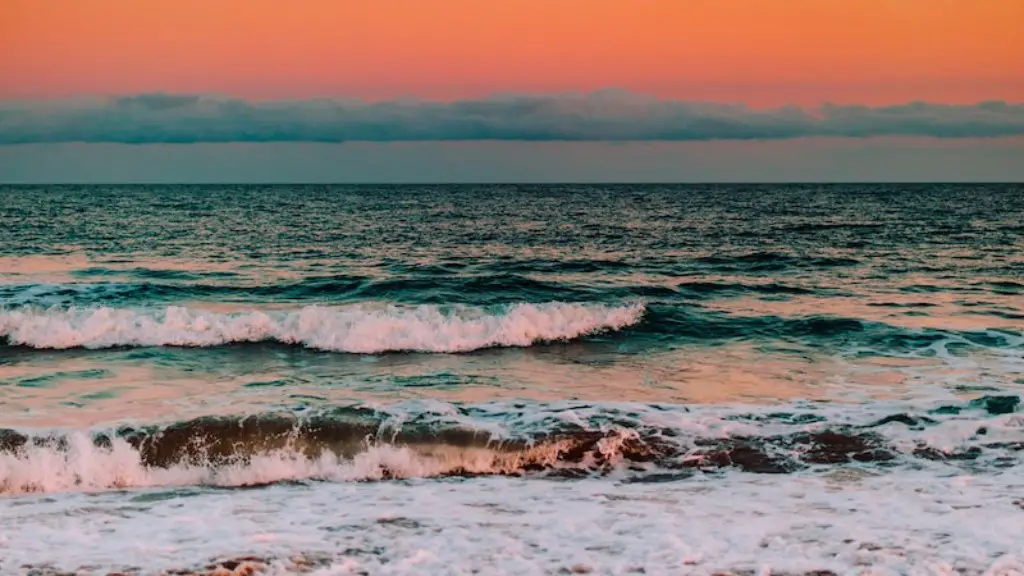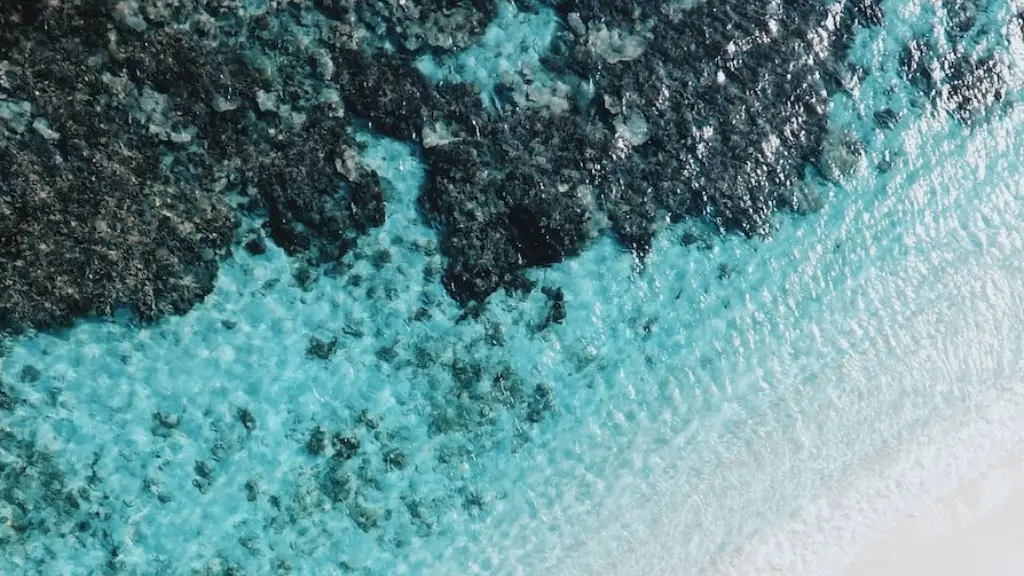The Variety of Sharks in the Caribbean Sea
The Caribbean Sea is home to several species of sharks. With its warm, clear waters, it has become a natural habitat for many of these large and powerful creatures. Ten species of shark inhabit the Caribbean, including the Caribbean reef shark, lemon shark, nurse shark, and bull shark. The sandbar shark, hammerhead shark, blacktip shark, and tiger shark are also present. Depending on the season, some of these species may migrate along the coast.
The Caribbean Sea is one of the most diverse and important marine habitats on the planet. Covering 740,000 square miles, the Caribbean Sea supports a vibrant array of marine life. In addition to the various species of sharks, it is home to coral reefs, sea turtles, manatees, whales, and dolphins.
For centuries, sharks have been the subject of many myths, such as they are man-eaters. However, shark attacks on humans are extremely rare. In fact, the International Shark Attack File states that there are only 76 reported incidents worldwide annually. Most of these incidents occur off the coast of Florida and are usually the result of mistaken identity.
The survival of sharks in the Caribbean is threatened by humans due to overfishing, pollutants, and habitat destruction. Climate change and ocean acidification also decrease their chance of survival. As apex predators, sharks play an important role in maintaining healthy ocean ecosystems by keeping the populations of their prey in check. They also provide an important source of income for local communities through shark-based tourism.
Despite the threats that sharks face in the Caribbean Sea, there are conservation efforts in place to protect them. Marine reserves, such as the Mesoamerican Reef, allow sharks to breed and thrive in a safe environment. Additionally, international laws and policies, such as the Convention on International Trade in Endangered Species of Wild Fauna and Flora (CITES), work to protect the vulnerable species.
Overall, there are many species of sharks in the Caribbean Sea. They play an important role in their environment, providing balance to the ecosystem as well as economic benefits to local communities. However, their survival is under threat due to human activities, making conservation efforts all the more important.
How can Tourists Interact Safely with Caribbean Sharks?
Tourists who visit the Caribbean can safely observe many of the sharks that inhabit the region, if they know how to interact properly and follow some basic safety protocols. Sharks are naturally wary animals and will retreat if approached or disturbed.
It is not advisable to directly confront or touch them. When snorkeling or diving, it is important to approach with caution. Swimming calmly and avoiding too many sudden movements is an important consideration. It is also recommended that tourists swim in groups, as this can deter predators and help ensure safety.
In addition, it is important to pay attention to the environment around you and look out for warning signs. If a large object, such as a dead animal, is present on the seabed, it is recommended you and your companions change your route. If a shark is spotted, it is important to remain calm and swim away slowly.
Tourists should take steps to protect themselves by wearing a wetsuit and ensuring there is a lifeguard nearby if swimming in heavily populated areas. It is also important to research and understand the local regulations and laws that protect the region’s sharks.
What are the Economic Benefits of Caribbean Sharks?
The economic benefits of Caribbean sharks are numerous, with the tourism industry being the largest beneficiary. Shark-related activities, such as diving and snorkeling, attract a huge number of tourists to the region, which helps to support local businesses. This, in turn, provides job opportunities and boosts the economy.
In addition, sharks play an important role in marine ecology. They are apex predators and help maintain healthy ocean ecosystems by keeping the populations of their prey in check. This helps to ensure the sustainability of marine species, which can be used for food, sporting activities, and other activities.
The presence of sharks can also attract other species, such as dolphins, which can be viewed by tourists and also support local businesses. This promotes a healthier and more diverse ecosystem, as well as increasing the region’s attractiveness to visitors.
Sharks also provide indirect economic benefits. By keeping their numbers in check, they can prevent overgrazing by other species. This can help to maintain marine resources, such as fish stocks, providing a valuable food source for locals.
How Can We Protect Caribbean Sharks?
In order to protect Caribbean sharks, various conservation measures must be undertaken. Firstly, marine reserves can be established in the region, providing a safe environment for sharks to breed and thrive. International conservation laws, such as the Convention on International Trade in Endangered Species of Wild Fauna and Flora (CITES), should also be implemented to restrict fishing and trade activities.
Apart from establishing protected areas, local communities must also be educated and encouraged to get involved in the conservation efforts. They can be taught sustainable fishing practices and how to best interact with sharks responsibly. This will help to reduce the number of human-shark conflicts, which can often result in fatalities.
It is also important to reduce pollution and habitat destruction. Pollutants and debris, such as plastic rubbish, can be hazardous to marine life, including sharks. In addition, the destruction of coral reefs can irreparably damage their habitats, making it difficult for them to survive.
Finally, the preservation of shark populations can be facilitated through the implementation of regional regulation. Laws that protect Caribbean sharks from exploitation and overfishing can be enforced, helping to ensure healthy populations and flourishing ecosystems.
Should Caribbean Sharks Be Kept in Aquariums?
The practice of keeping Caribbean sharks in aquariums is controversial. On the one hand, it provides visitors with a unique opportunity to observe these impressive and fascinating creatures up close and can help to raise awareness of marine conservation issues. However, there are also serious ethical and conservation concerns.
Some species of Caribbean shark, such as the Caribbean reef shark, are highly sensitive and are better suited to the wild than captivity. Keeping them in aquariums can be detrimental to their health and well-being. As these sharks require vast amounts of space in order to move freely, the artificial environment of a tank can often be inadequate for them.
In addition, there is evidence that some sharks in captivity can suffer from stress, resulting in abnormal behaviour or physiological changes. This can lead to complications such as injury or even death. Furthermore, the capture of sharks from their natural habitat can have long-term implications on their populations, which could be detrimental to the region’s ecosystems.
Overall, the practice of keeping Caribbean sharks in captivity should be approached with caution. There are numerous considerations, including the safety and welfare of the sharks as well as the possible effects on their population and the wider ecosystem. If it is decided that shark keeping is necessary, it is important to take all necessary steps to ensure that the animals remain in good health for their entire life.
What Do We Know About Caribbean Shark Behavior?
Caribbean sharks, like most other species, exhibit predictable behavioural patterns. While these patterns can vary from species to species, they tend to be consistent across the region. This allows scientists and conservationists to better understand their behaviour, increasing our knowledge and improving our ability to protect them.
Caribbean sharks typically hunt during the night and rest during the day. They usually feed near the ocean floor, preying on fish and crustaceans. Certain species have been observed to display curious behavior, such as approaching divers and boats. However, these moves are usually defensive in nature and should not be interpreted as aggression.
Shark migrations are also common in the Caribbean. Species such as the tiger and bull sharks are known to migrate to the region during mating season. Their migrations generally follow warm water currents, such as the Gulf Stream.
Overall, Caribbean sharks display a wide range of behaviours. By studying their behaviours and movements, scientists can better understand how these creatures interact with their environment and how we can protect them from harm.
What Can Caribbean Sharks Teach Us?
Caribbean sharks can provide us with valuable insights into the workings of the ocean. Due to their unique physiology, movement patterns, and behaviour, sharks provide us with an unparalleled window into their world. By studying their behaviour, we can understand more about the ocean’s ecosystem and gain a better understanding of our environment.
Shark studies also provide valuable insights into the changing nature of ocean habitats and ecosystems. Their populations serve as indicators of ocean health, helping us to monitor the effects of global climate change, pollution, and human activity.
In addition, sharks can also teach us a lot about ourselves. They provide us with an opportunity to observe animals that have adapted perfectly to their environment and which have been thriving for millions of years. It is our job to ensure that their populations continue to thrive in the Caribbean Sea for generations to come.
